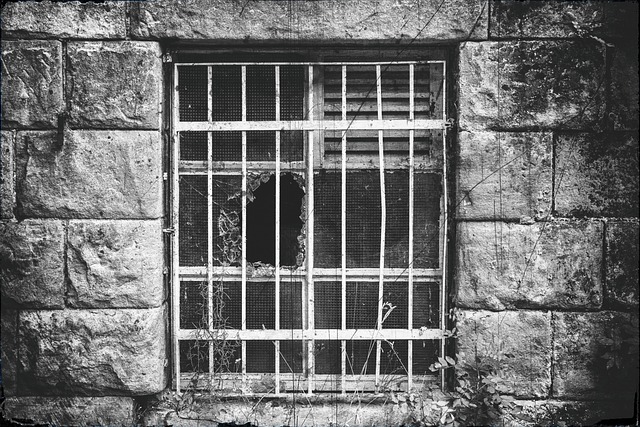High-risk reoffenders with a history of DUI face significant challenges in societal reintegration, including barriers to stable employment, housing, and credit access, perpetuating a cycle of financial instability and increased risk of future offenses. Breaking this cycle demands a multifaceted approach focusing on DUI prevention and promoting home ownership as a powerful tool for rehabilitation. Strategies to reduce DUI incidents include stringent license suspensions, community outreach, and regular substance abuse testing, while supporting former offenders in achieving housing milestones stabilizes lives, reduces stress, fosters community involvement, and contributes to safer neighborhoods.
High-risk reoffenders pose a complex challenge for criminal justice systems. This article explores strategies to break the cycle of recidivism, focusing on two powerful interventions: addressing DUI (drunk driving) offenses and fostering homeownership. By implementing targeted programs that combine rehabilitation, support services, and opportunities for personal growth, we can empower individuals to leave their past behind and build a brighter future, reducing reoffending rates and benefiting communities.
Keywords: DUI, Home Ownership, Recidivism
- Understanding the Challenges of High-Risk Reoffenders
- Strategies to Break the Cycle: Focus on DUI and Home Ownership
Understanding the Challenges of High-Risk Reoffenders

High-risk reoffenders, often with a history of crimes like DUI, pose unique challenges for societal reintegration. Beyond the legal consequences, these individuals face barriers to stable employment and housing, which can exacerbate their risk of reoffending. Owning a home, typically a milestone for many, is especially out of reach for this demographic due to damaged credit scores, legal restrictions, and the stigma associated with their criminal pasts. This creates a vicious cycle where lack of financial stability and safe housing contribute to increased likelihood of future DUI offenses and other crimes.
Strategies to Break the Cycle: Focus on DUI and Home Ownership

Breaking the cycle of reoffending among high-risk individuals is a multifaceted challenge, but focusing on two key areas—DUI (driving under the influence) and home ownership—can significantly contribute to positive change. Reducing DUI incidents involves comprehensive strategies such as stringent license suspensions, increased community outreach programs to educate against drinking and driving, and regular testing for substance abuse. These measures aim to instill a culture of responsibility and accountability, deterring individuals from engaging in reckless behavior that could lead to further legal consequences.
Home ownership plays an unexpectedly vital role in rehabilitating high-risk offenders. Studies show that stable housing stabilizes lives, reduces stress, and provides a sense of community involvement. Initiatives aimed at assisting former offenders in purchasing or securing adequate housing can serve as a powerful tool in breaking the cycle of reoffending. By supporting them in achieving this milestone, society not only improves individual lives but also contributes to safer neighborhoods overall.
High-risk reoffenders pose a complex challenge, but by focusing on key areas like DUI prevention and promoting home ownership, we can significantly reduce recidivism rates. These strategies not only address immediate safety concerns but also empower individuals to break free from the cycle of crime, fostering a safer and more stable society for all.






